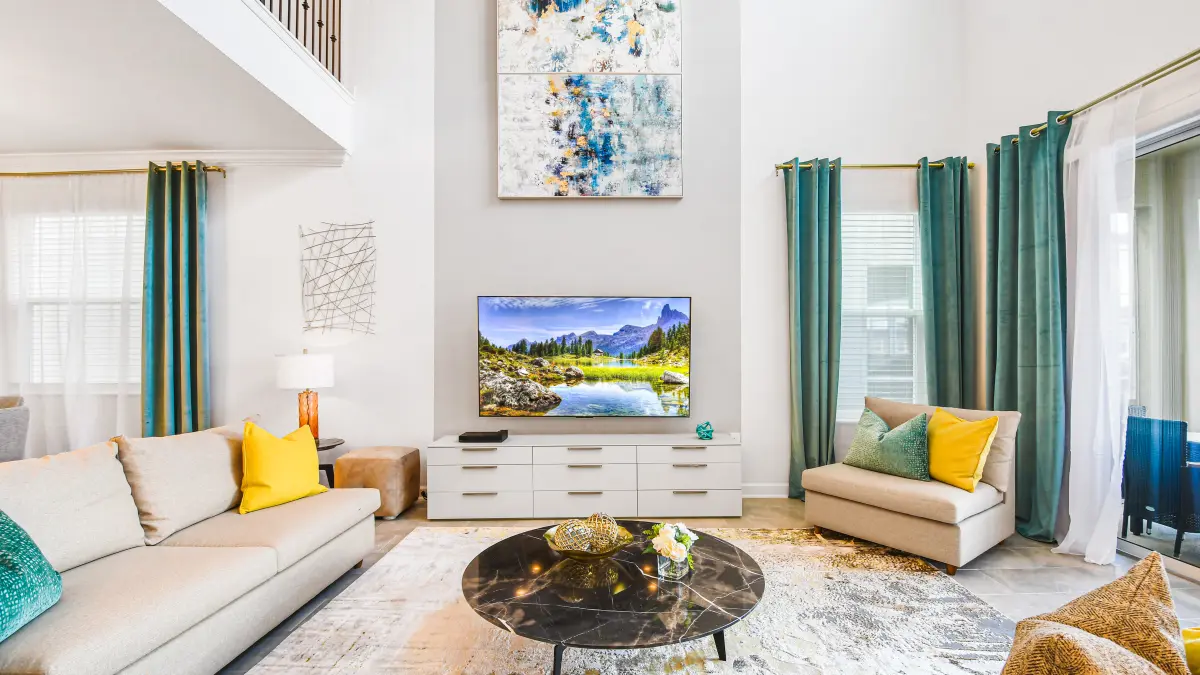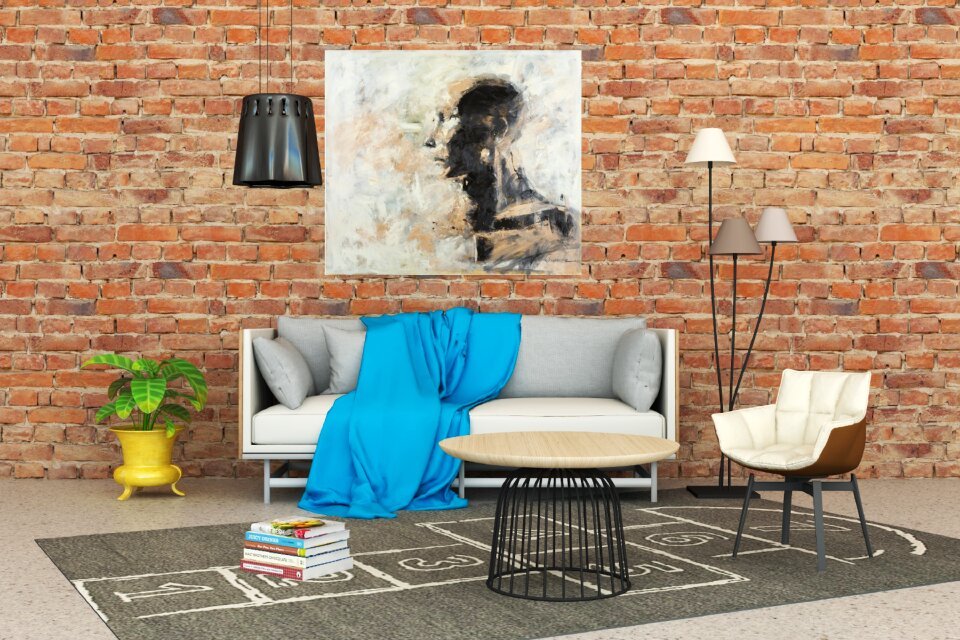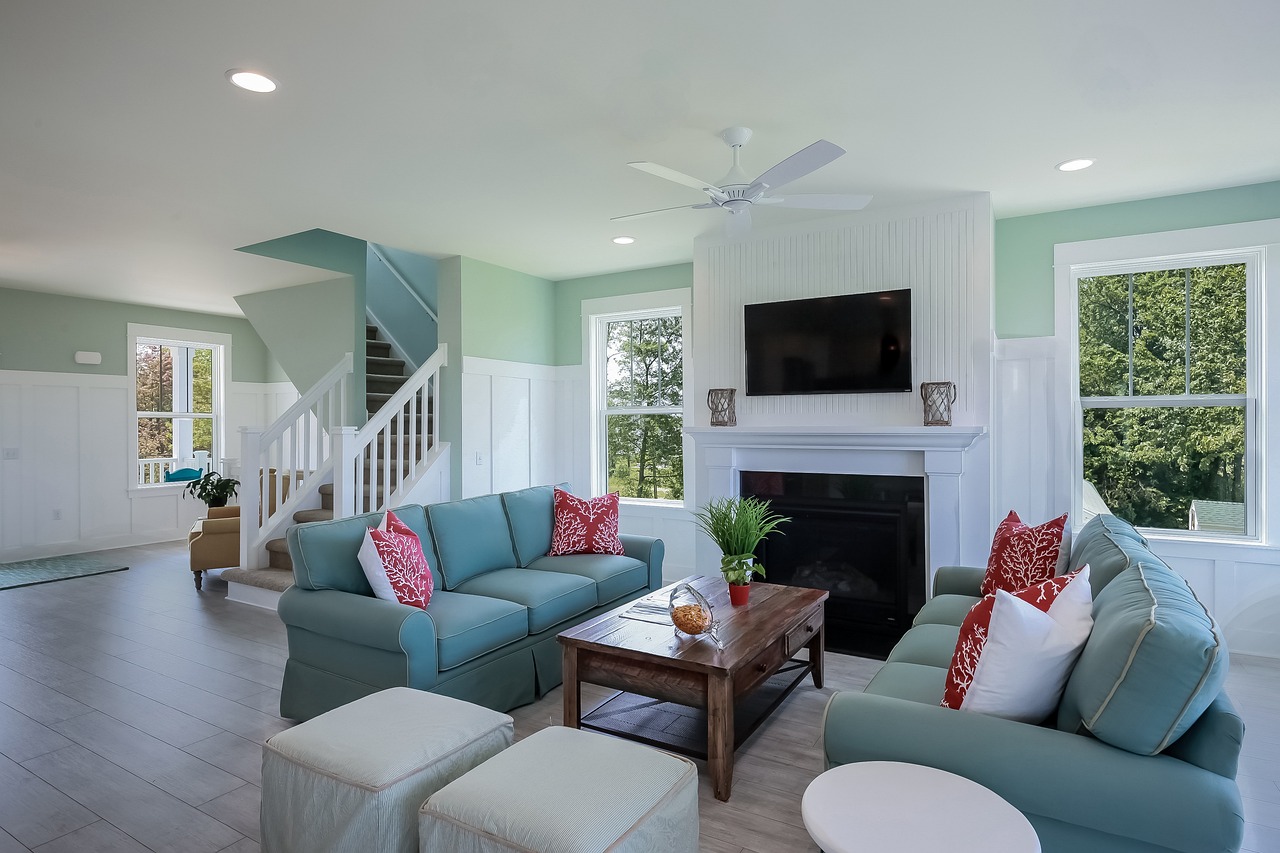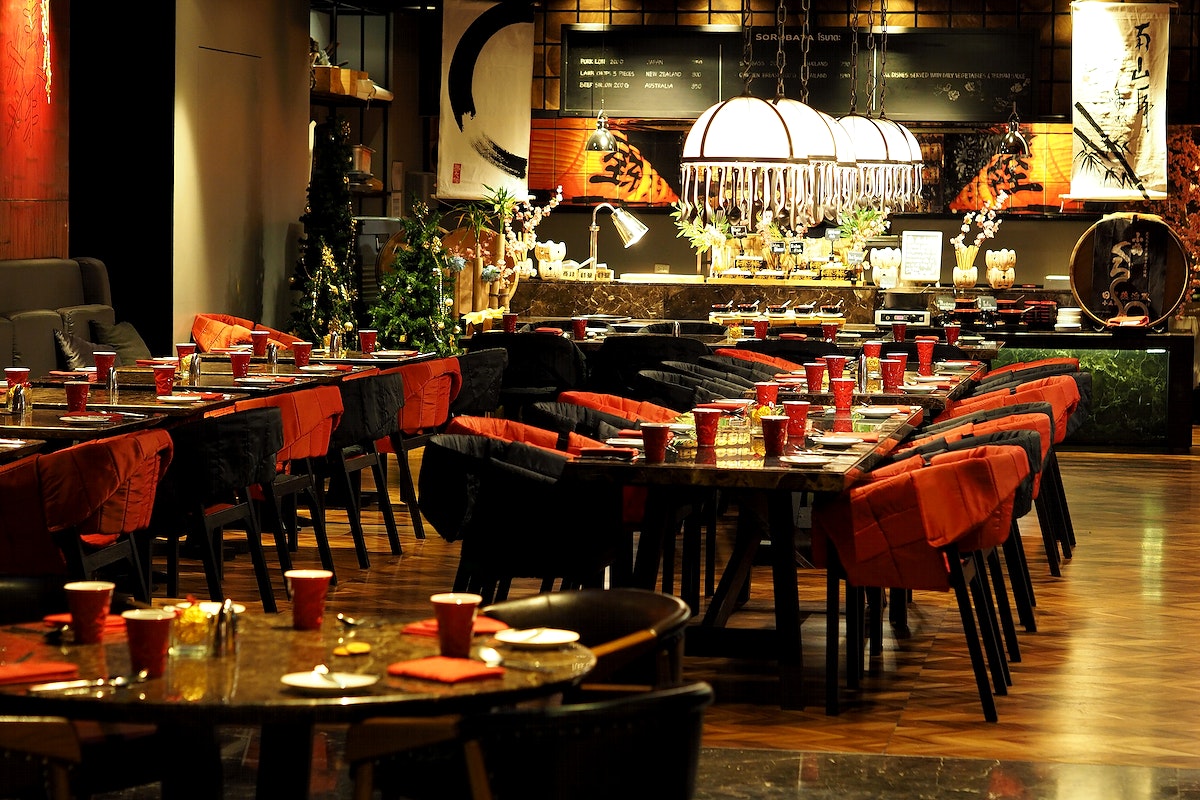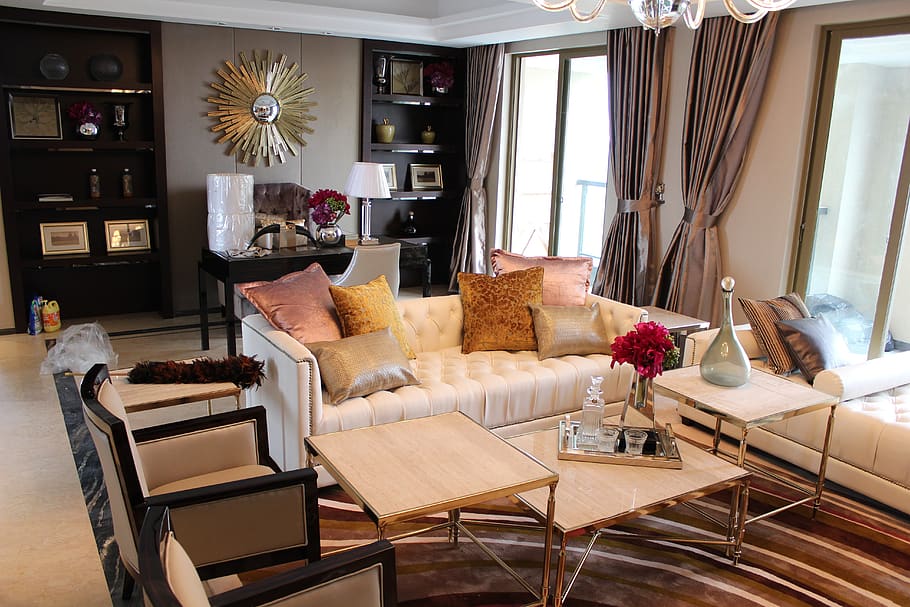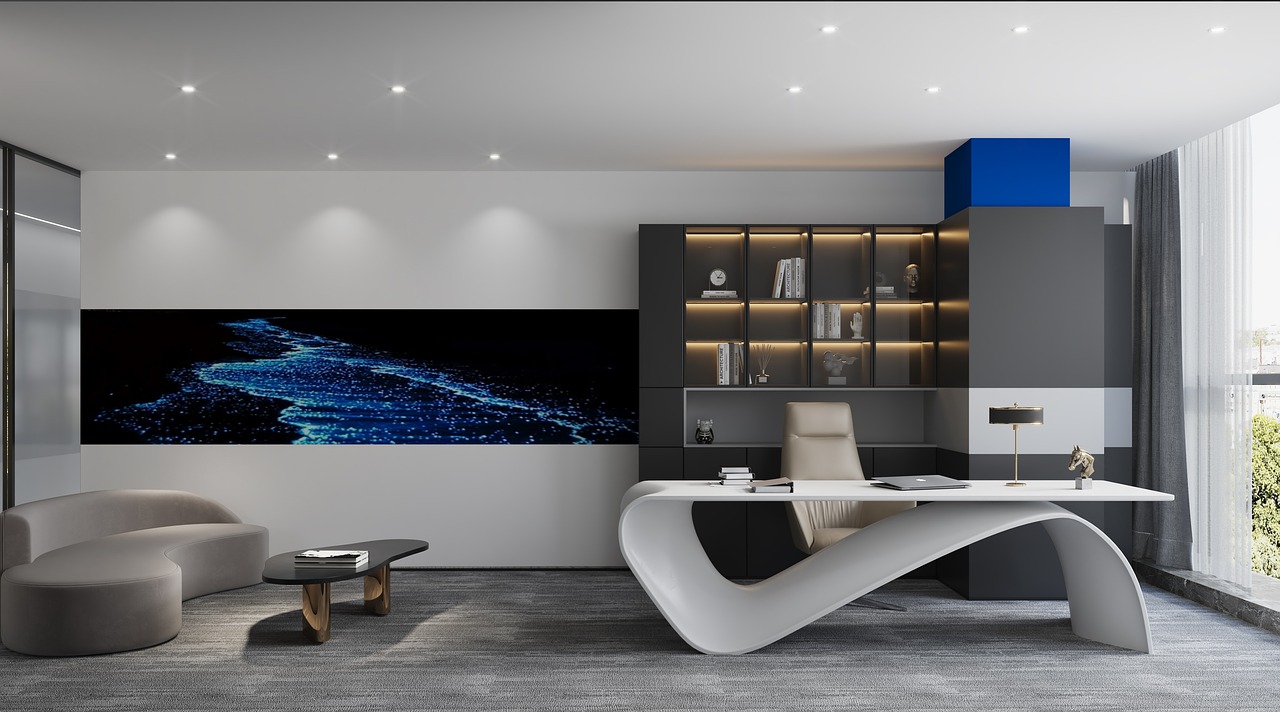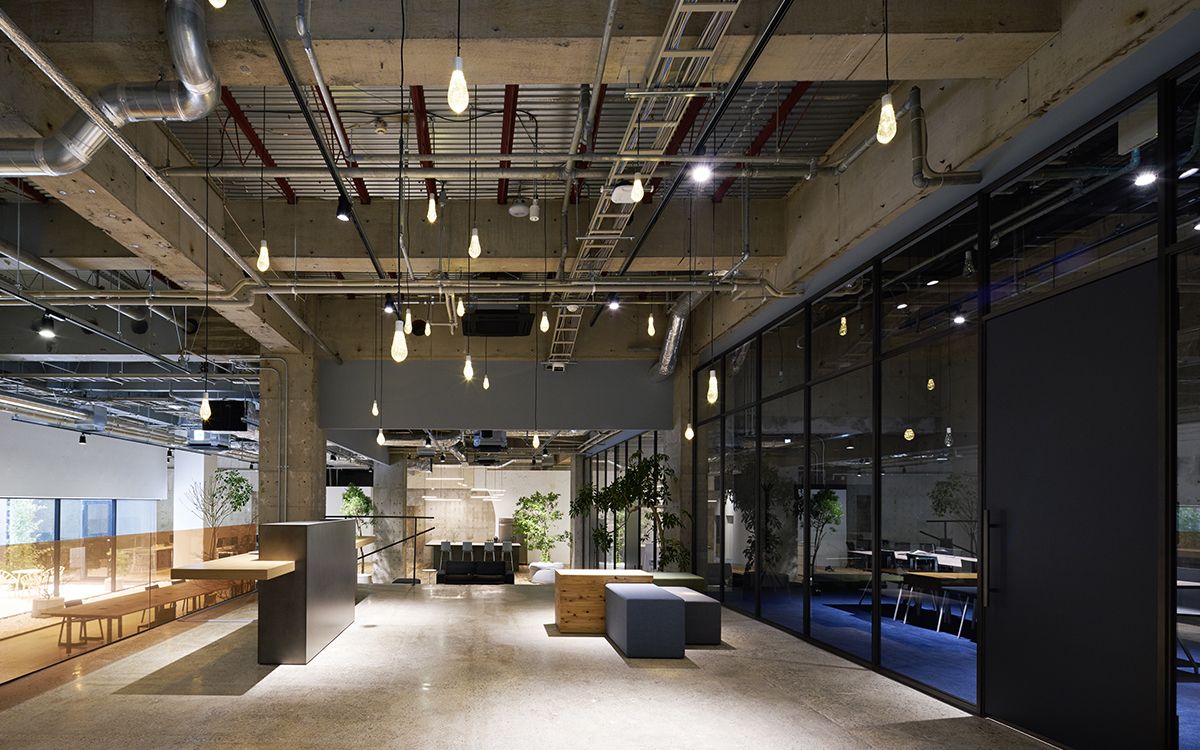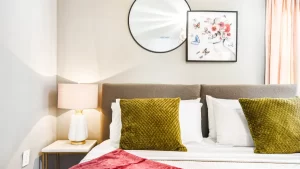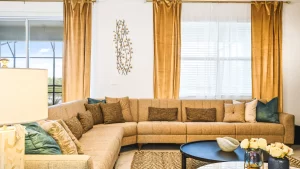Enhancing the interior of a building to create a healthier and more visually pleasing environment for those who occupy the space is the goal of interior designing, which combines both artistic and scientific principles.
It can significantly improve the quality of life and productivity of the occupants. There are various types of interior designing, each with its own unique features and elements.
In this blog post, we will explore the key features, elements, and examples of different types of interior designing styles. Here are some of the most popular types of interior designing:
- Home interior designing
- Commercial interior designing
- Residential interior designing
- Corporate interior designing
- Industrial interior designing
1. Home interior designing
Home Interior Designing is focused on creating comfortable and inviting living spaces such as bedrooms, bathrooms, and kitchens for homeowners.
It is all about creating a space that is functional, stylish, and reflects the personality and lifestyle of the owner. The key features and elements of home interior design include:
- Furniture selection
- Finishes
- Layout
- Accessories
Furniture selection
Furniture is one of the most important elements of any home interior designing. The right furniture can create a comfortable and inviting space, while the wrong furniture can make a space feel cramped or uncomfortable.
Finishes
The finishes, such as paint, flooring, and wallpaper, can also have a big impact on the overall look and feel of a home. The right finishes can create a warm and inviting space or a cool and modern space.
Layout
The layout of a home is also important. The right layout can make a space feel more spacious and functional, while the wrong layout can make a space feel cramped and awkward.
Accessories
Accessories, such as rugs, artwork, and lighting, can add personality and style to a home’s interior designing.
Examples of house interior designing include cozy living rooms with plush sofas and chairs, inviting bedrooms with comfortable bedding and soft lighting, and functional kitchens with modern appliances and plenty of storage space.
Home Interior Designing can also incorporate outdoor spaces, such as patios and decks, to create a seamless transition between indoor and outdoor living.
Types of Home Decor Styles
Some common types of home decor styles include:
- Modern
- Traditional
- Scandinavian
Modern:
This style is characterized by clean lines, minimalism, and a focus on simplicity. It often features open floor plans, neutral color palettes, and the use of natural materials like wood and stone.
Traditional:
Traditional interior designing draws inspiration from classical European styles. It incorporates rich and ornate furnishings, intricate patterns, and a warm color palette. Traditional homes often feature elegant details and luxurious materials.
Scandinavian:
Originating from the Nordic countries, Scandinavian design emphasizes simplicity, functionality, and natural light. It often includes clean lines, a neutral color scheme with pops of color, and the use of natural materials like wood and leather.
2. Commercial Interior Designing
Commercial Interior Designing is focused on creating functional and attractive spaces for businesses, and commercial spaces, such as offices, retail stores, restaurants, and organizations. It is all about creating an environment that is conducive to productivity, creativity, and collaboration.
Some key features of commercial interior designing are:
- Ergonomics
- Branding
- Flexibility
Ergonomics:
Commercial spaces need to be designed with ergonomic considerations in mind to ensure the well-being and comfort of employees.
This includes selecting suitable furniture, incorporating proper lighting, and creating functional workstations.
Branding:
Commercial interior designing often reflects the brand identity and values of the business. It utilizes colors, textures, and graphics that align with the company’s brand to create a cohesive and memorable experience.
Flexibility:
Many commercial spaces require flexibility to accommodate different activities or adapt to changing needs. This can be achieved through movable partitions, modular furniture, and versatile layouts.
Examples of this type of designing include modern office spaces with open floor plans, comfortable seating areas for clients and visitors, and functional meeting rooms with state-of-the-art technology.
Most business interior designing now incorporates branding and marketing elements to create a cohesive and professional image for their business.
Commercial interior design styles range from sleek and modern office spaces to inviting and cozy restaurant interiors.
3. Residential interior designing
Residential interior designing focuses on creating customized living spaces that cater to the specific needs and preferences of homeowners. It focuses on the designing of residential spaces, such as homes, apartments, and condos.
Whether it’s a single-family home, an apartment, or a condominium, residential interior designing aims to optimize space utilization while reflecting the inhabitants’ lifestyles and tastes.
The key features and elements of residential interior designing include:
- Space Planning
- Personalization
- Comfort and Coziness
Space planning:
Residential interior designers focus on optimizing the available space in a home. They consider the layout, traffic flow, and functionality of each room to ensure efficient use of space.
Personalization:
Residential interiors are tailored to the individual tastes and preferences of the homeowners. Interior designers work closely with clients to understand their lifestyles, needs, and aesthetic preferences, incorporating these elements into the design.
Comfort and Coziness:
The residential interior designing prioritizes creating a warm and inviting atmosphere. This is achieved through the selection of comfortable furnishings, soft lighting, and the use of warm color palettes.
Examples of residential interior designing can vary widely, from luxurious and opulent designs to cozy and minimalist aesthetics.
4. Corporate interior designing
Corporate interior designing is centered around creating functional and aesthetically pleasing work environments that support employees’ productivity and collaboration and have a positive effect on their well-being.
It focuses on the designing of spaces within a corporate office, such as reception areas, conference rooms, and break rooms.
The key features and elements of corporate interior designing are:
- Productivity and collaboration
- Technology integration
- Sustainability
Productivity and Collaboration:
As corporate interiors are designed to promote productivity, creativity, and collaboration among employees, it involves creating functional work areas, breakout spaces, and meeting rooms that encourage interaction and teamwork.
Technology integration:
In the digital age, corporate interior designing often incorporates technology to enhance efficiency and connectivity.
This includes smart office solutions, integrated audiovisual systems, and ergonomic workstations with built-in connectivity.
Sustainability:
Many corporate spaces prioritize sustainability by using eco-friendly materials, energy-efficient lighting, and incorporating green design principles.
This not only benefits the environment but also enhances the well-being and productivity of employees.
This interior designing aims to reflect the company’s values and culture while fostering a conducive work atmosphere.
Examples of corporate interior designing styles range from open-plan offices with vibrant colors and collaborative spaces to more formal and traditional office setups.
5. Industrial interior designing
Industrial interior designing is focused on creating functional and attractive spaces for industrial and manufacturing facilities.
It focuses on the designing of spaces that have been converted from industrial buildings, such as warehouses and factories. It is all about creating an environment that is safe, efficient, and productive.
Key features and elements of industrial interior designing include:
- Exposed structural elements
- Utilitarian furniture
- Neutral color palette
Exposed Structural Elements:
Industrial designing often showcases the building’s structural elements, such as exposed brick walls, steel beams, and concrete floors. These elements add character and visual interest to the space.
Utilitarian Furniture:
Industrial interiors feature furniture that is sturdy, practical, and often repurposed from industrial materials. This can include metal stools, wooden workbenches, and vintage storage cabinets.
Neutral Color Palette:
Industrial designing typically employs a neutral color palette with earthy tones like grays, browns, and blacks. This creates a minimalist and industrial aesthetic while allowing the architectural features to shine.
Industrial interior designing may include factory floors with efficient layouts and ergonomic workstations, warehouses with optimized storage and inventory systems, and manufacturing facilities with state-of-the-art machinery and equipment.
The interior design of industrial buildings can also incorporate safety and environmental elements to ensure a safe and sustainable working environment.
Tips for choosing the right interior designing style
When choosing an interior designing style for your home or workspace, consider factors such as your personal preferences, the purpose of the space, and the existing architecture.
Seek inspiration from various designing styles, explore different color palettes, and consult with professional interior designers if needed.
Here are some tips that can help you choose the interior designing style that you deserve:
- Research and gather inspiration from various interior designing styles to identify what resonates with your personal taste and preferences.
- Consider seeking the expertise of a professional interior designing company to help you bring your vision to life and ensure optimal functionality.
- Don’t be afraid to mix and match elements from different design styles to create a unique and personalized space.
- Keep in mind the specific needs and purpose of the space when making design choices.
- Regularly update and refresh your spaces to adapt to changing trends and your evolving preferences.
Understanding the different types of interior designing allows us to appreciate the diverse approaches and considerations involved in creating functional and visually appealing spaces.
Whether it’s designing a cozy home, a welcoming commercial establishment, a personalized residence, an efficient corporate office, or an industrial-inspired space, interior designing plays a crucial role in transforming environments.
In conclusion, interior designing is a powerful tool that enables us to shape our surroundings and create spaces that are both functional and aesthetically pleasing.
By understanding the key features and elements of different types of interior designing, you can embark on a journey to transform your spaces into visually stunning and purposeful environments.
With the right approach, a creative mindset, and the best interior designing company, you can create spaces that inspire, comfort, and reflect your individuality. Happy designing!

